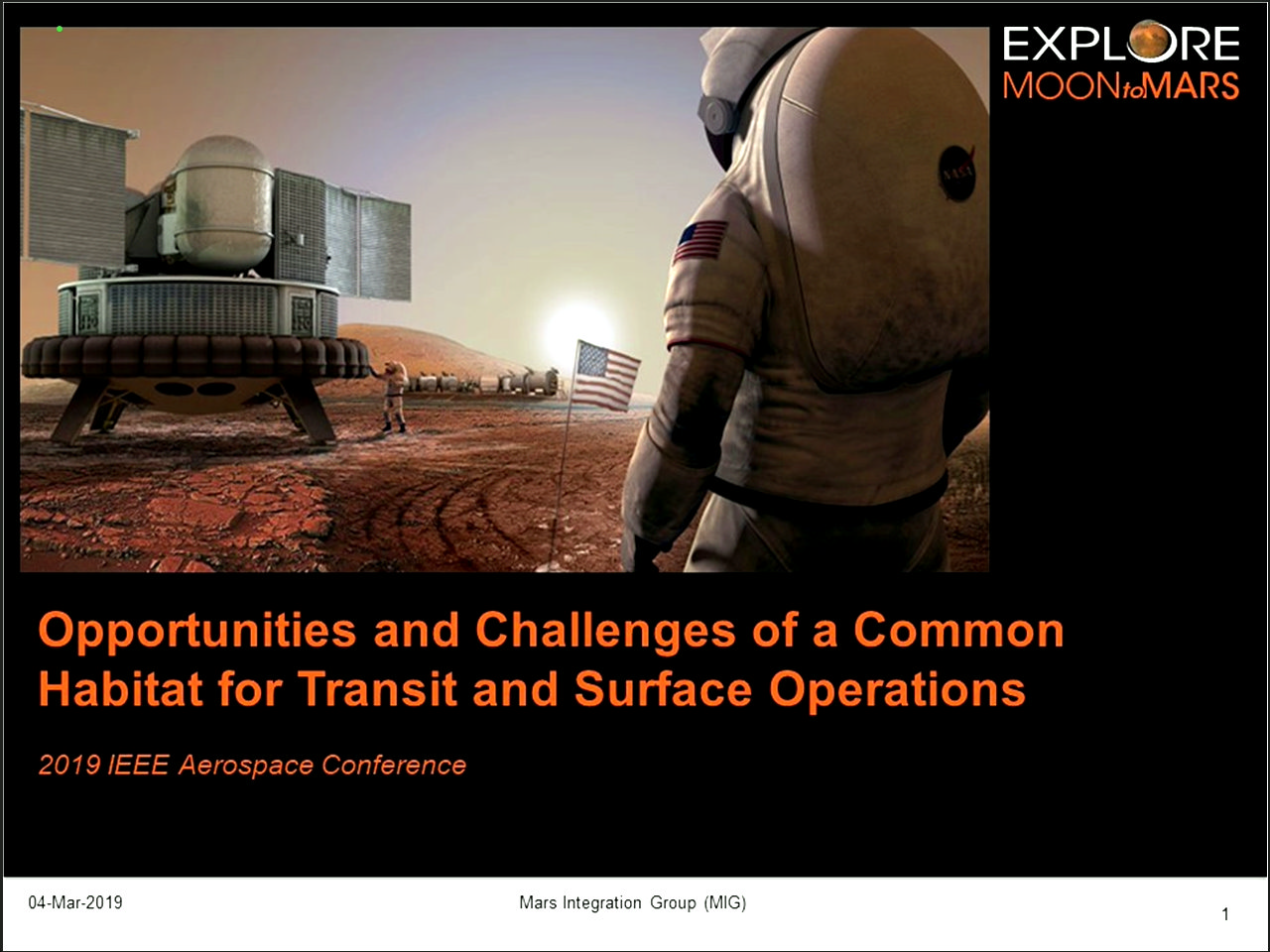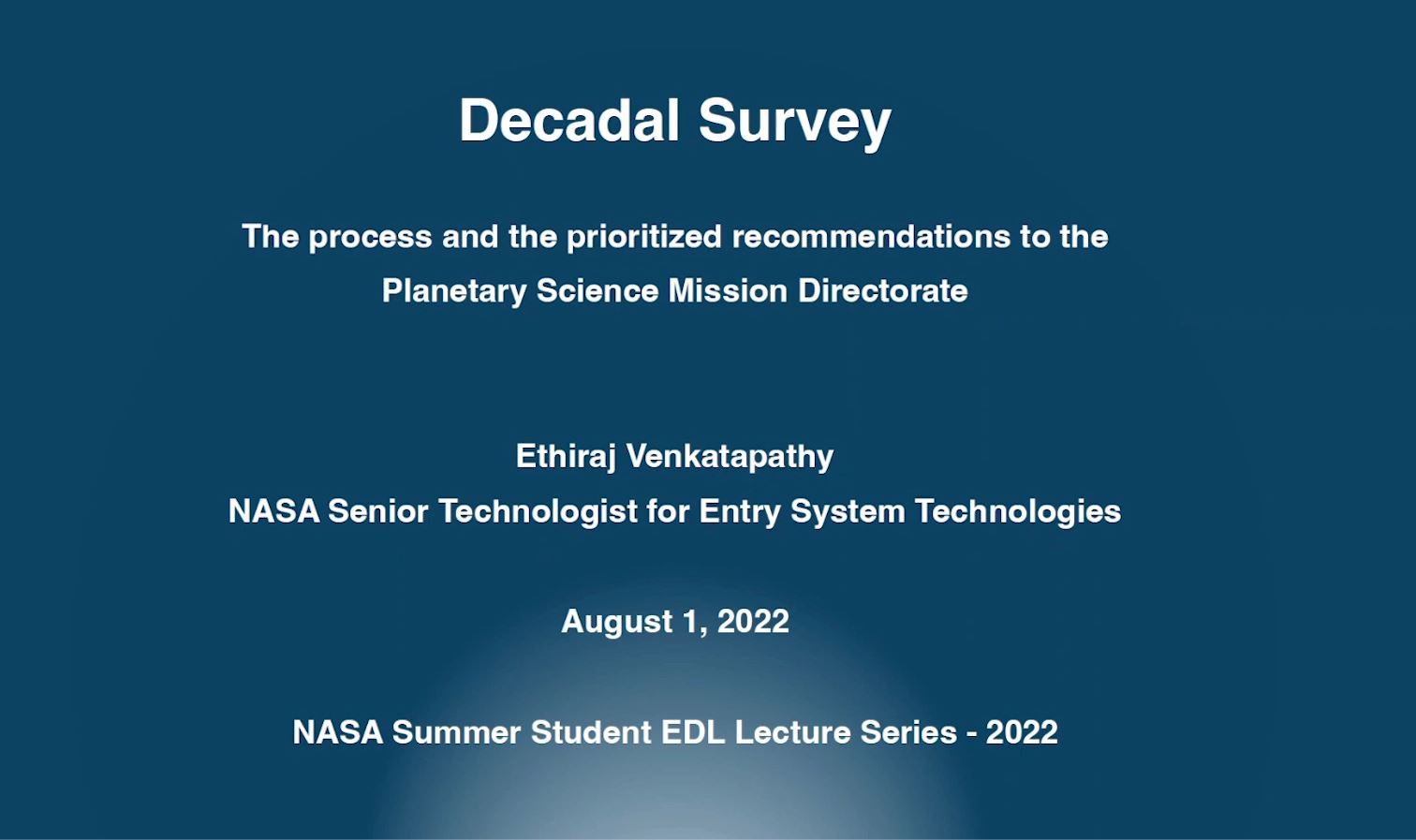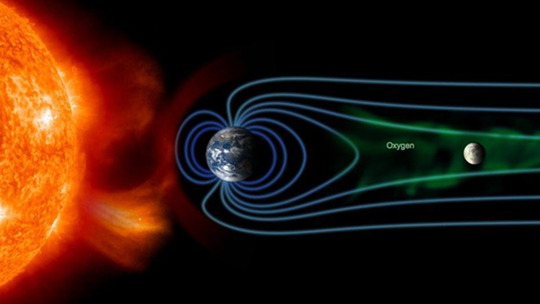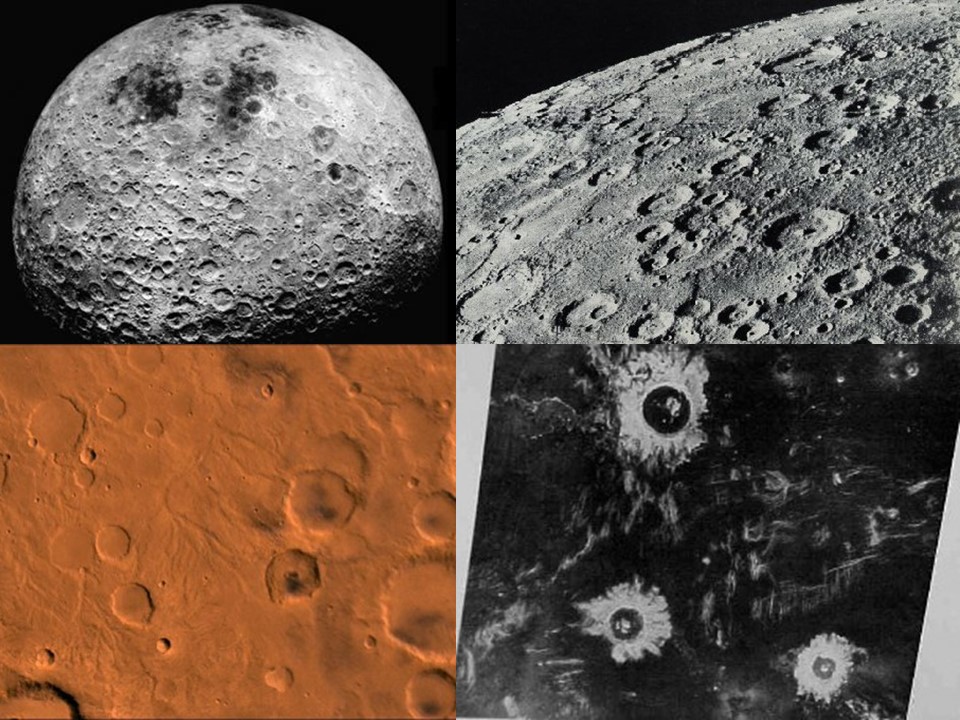Human Exploration of Near-Earth Asteroids
Discipline: Environmental Control/Life Support
A major goal for NASA's human spaceflight program is to send astronauts to near-Earth asteroids (NEA) in the coming decades. Missions to NEAs would undoubtedly provide a great deal of technical and engineering data on spacecraft operations for future human space exploration while conducting in-depth scientific examinations of these primitive objects. However, before sending human explorers to NEAs, robotic investigations of these bodies would be required to maximize operational efficiency and reduce mission risk. These precursor missions to NEAs would fill crucial strategic knowledge gaps concerning their physical characteristics that are relevant for human exploration of these relatively unknown destinations. Dr. Paul Abell discussed some of the physical characteristics of NEOs that will be relevant for EVA considerations, reviewed the current data from previous NEA missions (e.g., Near-Earth Asteroid Rendezvous (NEAR) Shoemaker and Hayabusa), and discussed why future robotic and human missions to NEAs are important from space exploration and planetary defense perspectives.
Presenters:
Dr. Paul AbellLinks
- Slides
- Confirmation of Attendance
- NASA U.S. Spacesuit Knowledge Capture Website
- U.S. Spacesuit Knowledge Capture Program Catalog
- Environmental Control/Life Support Catalog (NESC Academy)
- NESC Academy Online
- Environmental Control/Life Support Community of Practice
- NASA Near-Earth Object Website
- Feedback
- Paul Abell's Biography





